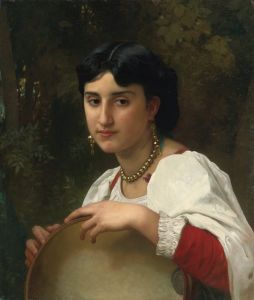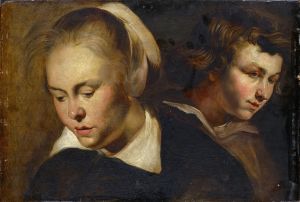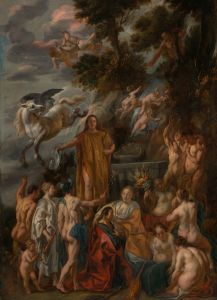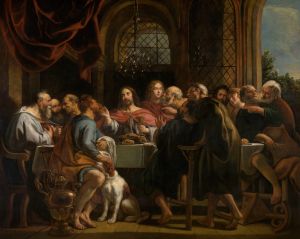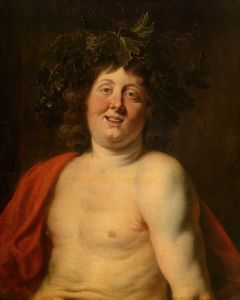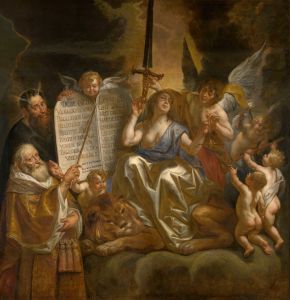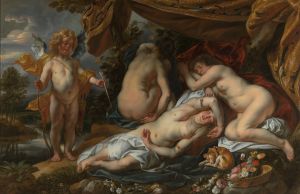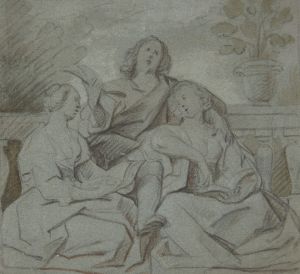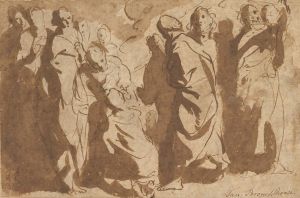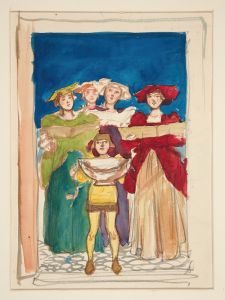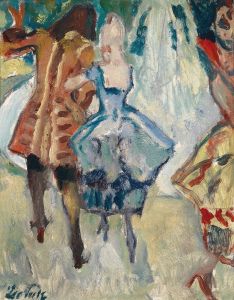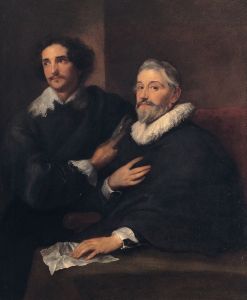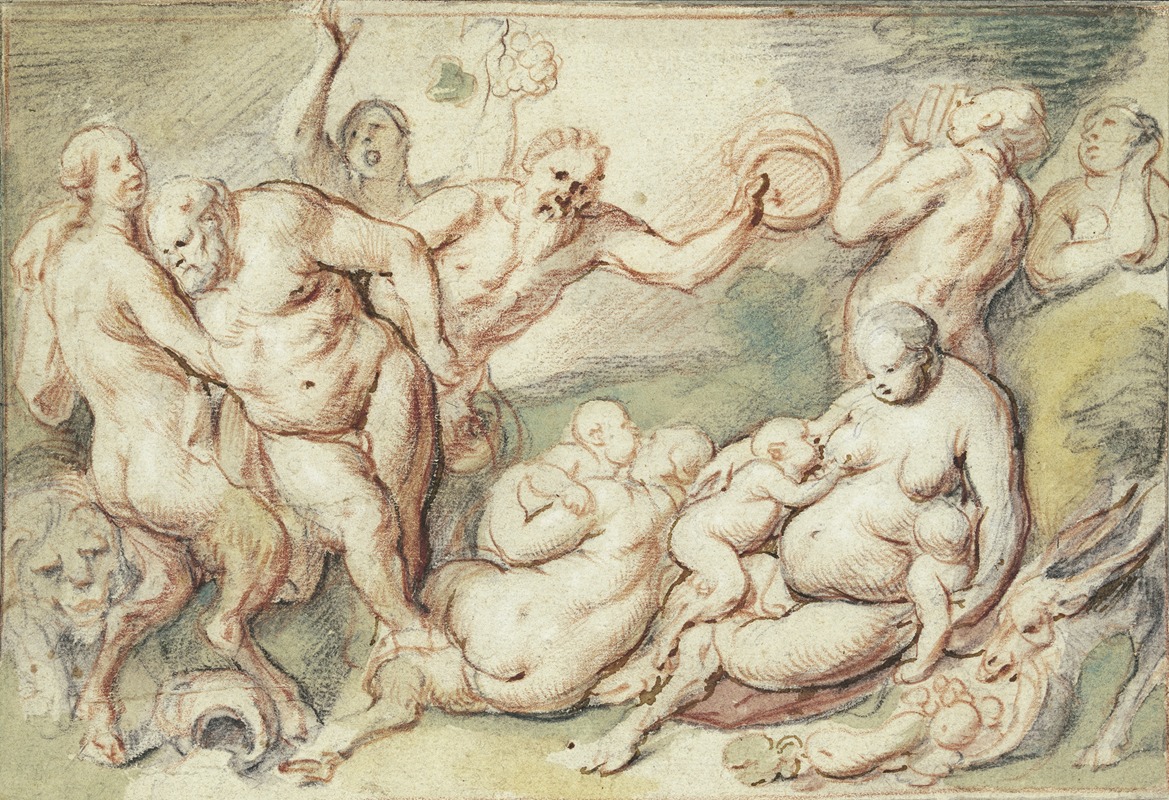
Bachanalia
A hand-painted replica of Jacob Jordaens’s masterpiece Bachanalia, meticulously crafted by professional artists to capture the true essence of the original. Each piece is created with museum-quality canvas and rare mineral pigments, carefully painted by experienced artists with delicate brushstrokes and rich, layered colors to perfectly recreate the texture of the original artwork. Unlike machine-printed reproductions, this hand-painted version brings the painting to life, infused with the artist’s emotions and skill in every stroke. Whether for personal collection or home decoration, it instantly elevates the artistic atmosphere of any space.
Jacob Jordaens, a prominent Flemish Baroque painter, is known for his vibrant and dynamic compositions, often depicting scenes from mythology, history, and everyday life. One of his notable works is "Bachanalia," a painting that exemplifies his mastery in capturing the exuberance and vitality associated with Bacchic celebrations.
"Bachanalia" is a vivid portrayal of a Bacchic festival, a theme that was popular among Baroque artists. These festivals were dedicated to Bacchus, the Roman god of wine, fertility, and revelry, known as Dionysus in Greek mythology. The painting captures the essence of these celebrations, which were characterized by music, dance, and the uninhibited enjoyment of wine.
Jordaens' "Bachanalia" is distinguished by its dynamic composition and the lively interaction among the figures. The painting is filled with a sense of movement and energy, as the participants engage in various activities associated with the festival. The figures are depicted in a range of poses, from dancing and playing musical instruments to drinking and feasting, reflecting the joyous and sometimes chaotic nature of Bacchic revelries.
The use of light and color in "Bachanalia" is typical of Jordaens' style, with warm, rich tones that enhance the festive atmosphere. The artist employs a dramatic use of chiaroscuro, creating a strong contrast between light and shadow that adds depth and dimension to the scene. This technique not only highlights the physicality of the figures but also emphasizes the emotional intensity of the celebration.
Jordaens was known for his ability to convey the human form with a robust and earthy realism, and "Bachanalia" is no exception. The figures in the painting are rendered with a sense of weight and solidity, their expressions and gestures capturing the spontaneity and exuberance of the moment. This focus on the human experience is a hallmark of Jordaens' work, reflecting his interest in the vitality and diversity of life.
The painting also reflects the influence of Peter Paul Rubens, under whom Jordaens studied. Rubens' impact is evident in the dynamic composition, the robust figures, and the dramatic use of color and light. However, Jordaens' work is distinct in its emphasis on genre scenes and the depiction of everyday life, which he often infused with a sense of humor and humanity.
"Bachanalia" is a testament to Jordaens' skill as a painter and his ability to capture the spirit of the Baroque era. The painting not only celebrates the mythological theme of Bacchic revelry but also serves as a reflection of the cultural and artistic milieu of 17th-century Flanders. Through his masterful use of composition, color, and light, Jordaens brings to life the joyous and sometimes unruly nature of human celebration, making "Bachanalia" a vibrant and enduring work of art.





